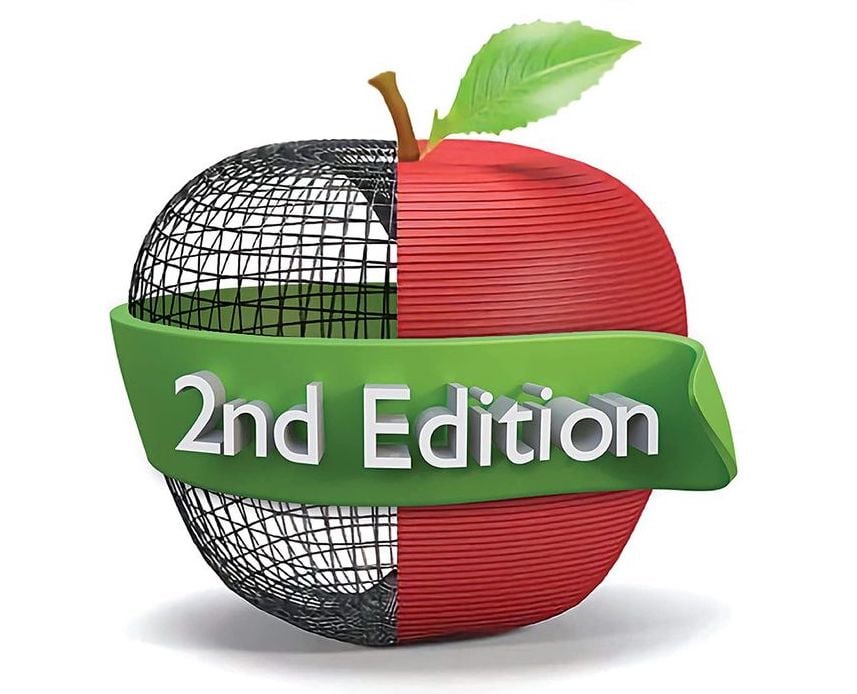
This week’s selection is “Getting Started with 3D Printing” by Liza Wallach Kloski and Nick Kloski.
This book may look quite familiar. In fact, it was selected as our Book of the Week several years ago, and proved quite a popular selection.
Why select it again? We’re not, actually. While the cover appears similar, the contents are from the second edition of the book, just published last month.
The original tome was composed way back in 2016, and anyone in the 3D print industry would shiver to recall the momentous changes that took place over the past five years. Today’s 3D printers are far more powerful, can use many more materials, are incredibly automated, have increased reliability, are connected to the world (sometimes) and most of the time are a lot easier to use.
Many of the leading players of 2016 are no longer around or have changed utterly. Ultimaker, for example, was a popular choice for DIY makers in those days, but today has shifted towards the higher-end professional and manufacturing markets.
What is the book about and who is it for?
It’s focused on individuals who wish to enter the world of 3D printing, yet know absolutely nothing about the topic. It assumes you are ready to learn, and have no experience with the technology.
The book covers basic concepts, such as the idea of digital manufacturing, where software is used to create a digital representation of an object, and a machine is used to physically produce it.
The authors discuss the different types of 3D printers currently available, as well as how you should go about selecting the right machine for your purposes. Importantly, they also cover the basics of machine maintenance, which experienced 3D printer operators will testify is critical.
While much of the powerful 3D CAD software used to create 3D models for printing can be quite expensive, this book describes several inexpensive or free options to consider, as well as an introduction to their use.
One important topic covered is the notion of using 3D print services. Many who get exciting about the prospect of 3D printing spend an inordinate amount of money and time on their own equipment, only to be mired in technical challenges beyond their capability. A better option for many is to at least start by using 3D print services, where the concepts can be explored at less initial cost and with more reliability. The book explores how to go about engaging a 3D print service.
If you’re a newcomer to the world of 3D printing, this could be an important book for you to begin your journey. If you’re already experienced in 3D printing, this book could be an excellent gift to someone you believe should be involved.
We’re an Amazon Associate and earn a small fee from qualifying purchases. Help support our 3D print news service by checking out this book!
Via Amazon
